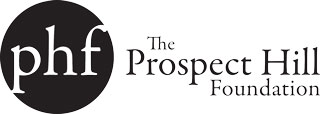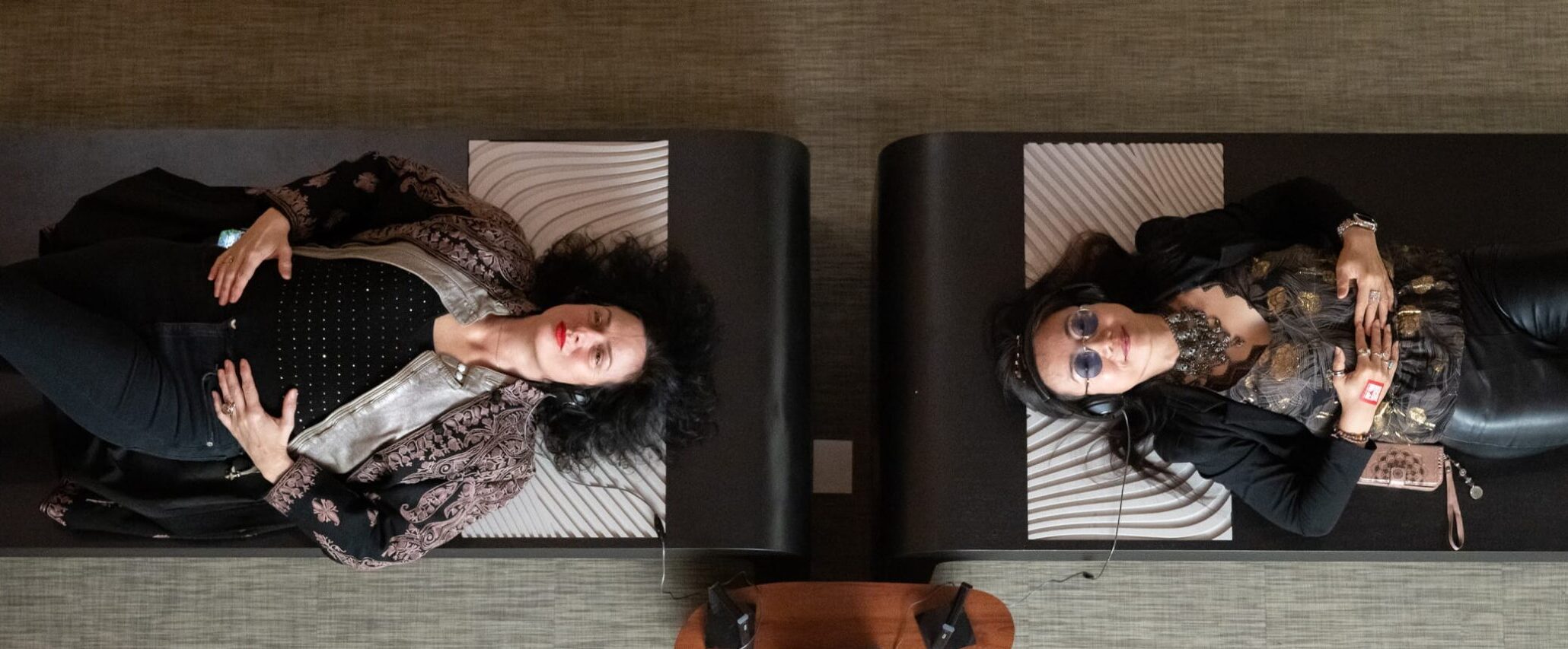
Life After: The Bardo is an installation that invites visitors to lay down and listen to the excerpts from the Tibetan Book of the Dead, one of the most widely distributed forms of bardo-related ritual texts.
Beliefs about death and the afterlife vary among Tibetan Buddhist lineages, but all the traditions share in the concept of the bardo, an intermediate state between death and rebirth. The texts read aloud during funerary rituals describe the deceased’s journey through three bardos. They detail the colors, lights, sounds, and deities the deceased will encounter while guiding them toward a favorable rebirth. By recognizing these visions as manifestations of reality, one may escape the cycle of rebirth and achieve liberation.
Life After: The Bardo features recitations of two bardo ritual texts, including a full recitation of an English translation of Liberation upon Hearing in the Bardo. This installation is presented in conjunction with the Rubin Museum’s yearlong thematic focus on Life After, exploring moments of change that propel us into the unknown and compel us to imagine what comes next. #LifeAfter @RubinMuseum
Lead support for the Rubin Museum is provided by the Milton and Sally Avery Arts Foundation, Bob and Lois Baylis, Barbara Bowman, E. Rhodes and Leona B. Carpenter Foundation, Noah P. Dorsky, Fred Eychaner, Christopher J. Fussner, Agnes Gund, The Robert H. N. Ho Family Foundation Global, Henry Luce Foundation, The Pierre and Tana Matisse Foundation, Mellon Foundation, Matt and Ann Nimetz, Randleigh Foundation, Shelley and Donald Rubin, Tiger Baron Foundation, and Ellen Bayard Weedon Foundation.
General operating support of the Rubin Museum of Art is provided by Daphne Hoch Cunningham and John Cunningham, Anne E. Delaney, Dalio Philanthropies, Janet Gardner, the Estate of Lisina M. Hoch, Dan Gimbel of NEPC, Inc., Gerry Ohrstrom, The Prospect Hill Foundation, Basha Rubin and Scott Grinsell, Namita and Arun Saraf, Linda Schejola, Eric and Alexandra Schoenberg, Eileen Caulfield Schwab, Jesse Smith and Annice Kenan, Tsherin Sherpa, Tong-Tong Zhu and Jianing Liu, with generous donations from the Museum’s Board of Trustees, individual donors and members, and corporate and foundation supporters.
This program is supported, in part, by public funds from the New York City Department of Cultural Affairs, in partnership with the City Council.
The Rubin Museum’s programs are made possible by the New York State Council on the Arts with the support of the Office of Governor Kathy Hochcul and the New York State Legislature.









